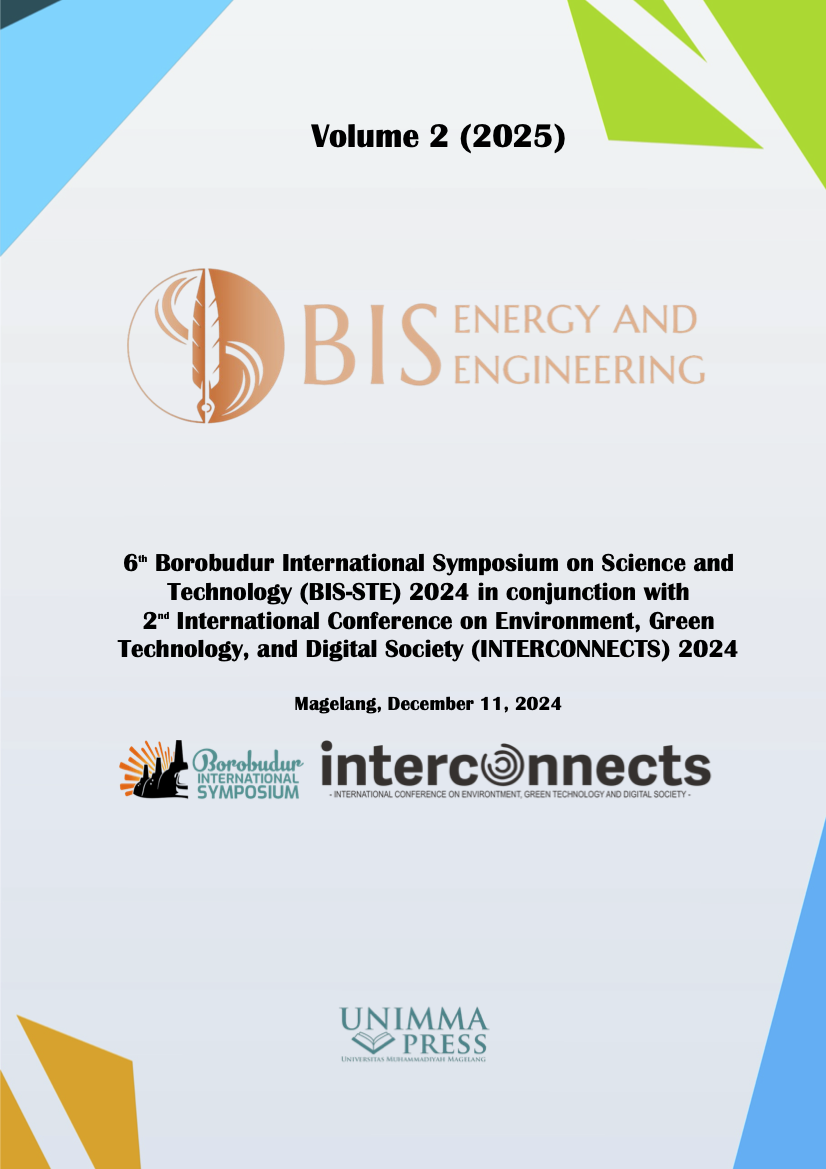A simple determination of runoff coefficient in open pit mine areas
Keywords:
Runoff coefficient, Open pit mine, Google earthAbstract
The runoff coefficient is one of the factors in determining runoff discharge. Determining the coefficient can be done by calculating the slope of an area, then obtaining the appropriate runoff coefficient value. Open-pit mines have characteristic areas that do not have vegetation cover and are commonly included in the slope category >15% with a coefficient value of 0.9. In fact, open-pit mining areas sometimes have land slopes of <15% at some open-pit mining locations. This research aims to determine the runoff coefficient based on the slope of open mining land with the help of google earth, by analyzing contour map data of mining areas in South Kalimantan province. From several open mine locations, it was found that the land slope value ranges from 7% -13% so that the runoff coefficient value for open mines is 0,7.
References
[1] Endriantho, M.; Ramli, M. Tambang Terbuka Batubara. 2009, 09, 29–40.
[2] Syarifuddin, S.; Widodo, S.; Nurwaskito, A. Kajian Sistem Penyaliran Pada Tambang Terbuka Kabupaten Tanah Bumbu Provinsi Kalimantan Selatan. J. Geomine 2017, 5, 84–89, doi:10.33536/jg.v5i2.132.
[3] Prahastini, S.D.; Gautama, R.S. Perancangan Aplikasi Untuk Sistem Penyaliran Pada Tambang Terbuka. J. Teknol. Miner. 2012, 19.
[4] Gautama, R.S. Sistem Penyaliran Tambang; Penerbit ITB: Bandung, 2019;
[5] Indonesia Keputusan Menteri Energi Dan Sumber Daya Mineral Nomor 1827 K/30/MEM/2018 Tentang Pedoman Pelaksanaan Kaidah Teknik Pertambangan Yang Baik.; Indonesia, 2018; pp. 93–94;.
Downloads
Published
Conference Proceedings Volume
Section
License

This work is licensed under a Creative Commons Attribution-NonCommercial 4.0 International License.

